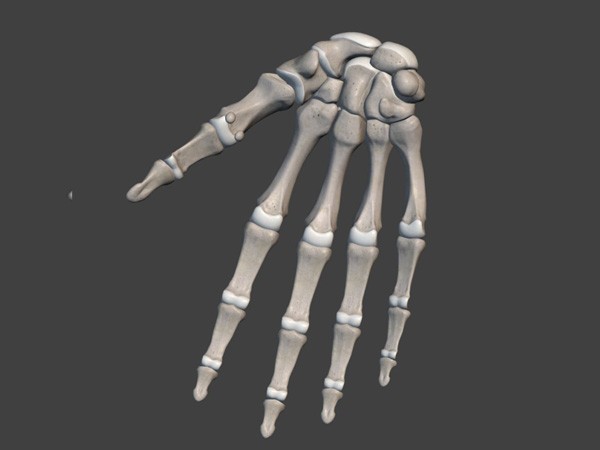 English
English

Today’s children have bones that reach full maturity earlier – by nearly 10 months in girls and nearly seven months in boys, the study suggests.

Washington D.C: Bones of children born in the most recent century reach full maturity earlier than it used to before, a new study has found.
Today's children have bones that reach full maturity earlier - by nearly 10 months in girls and nearly seven months in boys, the study suggests.
"Our findings show there is a "new normal" for timing when kids' skeletons will reach full maturity," said Dana Duren, lead author of the research.
As part of the study published in the Journal of Clinical Orthopaedics and Related Research, the research team, led by Duren, assessed the radiographs of more than 1,000 children born between 1915 and 2006. The team evaluated radiographs of the bones in the hands and wrists to determine the precise timing of the beginning and end of a developmental process called epiphyseal fusion.
"We focused on epiphyseal fusion because it signals the end of the growth of the bone. It begins when the growth plate, which is cartilage at the end of the bone, starts to connect the epiphysis, or bone cap, to the long bone through small calcifications. Eventually, the growth plate completely calcifies and attaches, or fuses, to the long bone. When fusion is complete, so is the growth of that bone," said Duren.
The researchers used radiographs gathered in the Fels Longitudinal Study, which is the world's only century-long study of human growth and development, to track when fusion started and when it was complete in children born as far back as 1915. The results showed that the skeletons of children born in the 1990s are reaching fusion completion, and thus skeletal maturity, faster and sooner than children born in the 1930s.
These findings directly impact the timing of the clinical care of certain pediatric orthopaedic conditions, such as leg-length differences, scoliosis and the timing of using growth hormone.
Mel Boeyer, and co-author of the study worked closely with pediatric orthopaedic surgeons to understand how physicians time this care. "The timing for the treatments of these conditions is a critical component to a good outcome," said Boeyer. "What this research shows us is physicians will need to start looking for the beginning of epiphyseal fusion sooner than they once thought," he explained. (ANI)